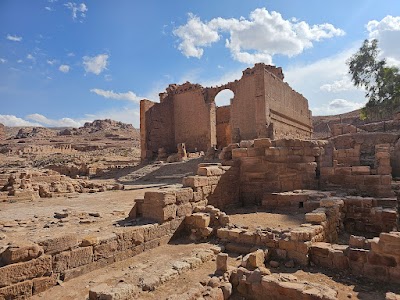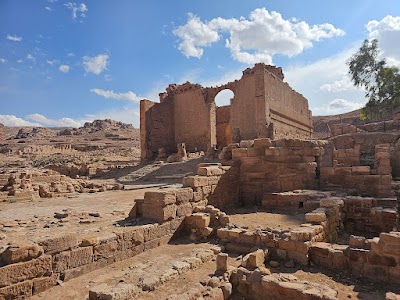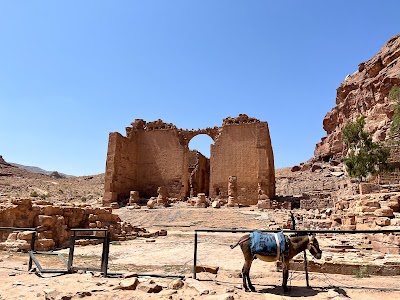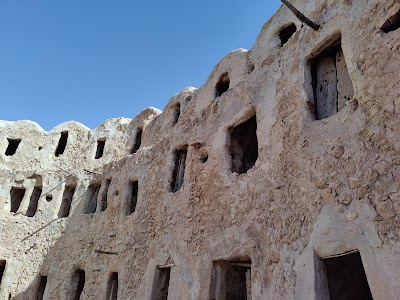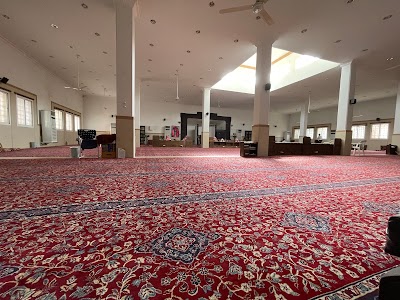Qasr al-Bint (قصر البنت)
Related Places
Overview
Introduction to Qasr al-Bint
Nestled in the heart of the ancient city of Jafara, Libya, lies the remarkable Qasr al-Bint, or "Palace of the Girl." This site is not merely an architectural marvel, but a window into the rich tapestry of Libya's history and culture. Dating back to the 2nd century AD, this Roman-era temple is dedicated to the goddess Astarte, a deity associated with love, war, and fertility, making it an essential stop for travelers interested in the intersection of ancient religion and history.
Qasr al-Bint is part of the larger archaeological site of Sabratha, which is a UNESCO World Heritage Site. The temple's well-preserved ruins and intricate carvings provide an insight into the artistic and architectural prowess of Roman builders. The structure is adorned with stunning columns and ornate reliefs that depict various mythological scenes, inviting visitors to ponder the stories and beliefs that shaped the lives of the people who once worshipped here.
Architectural Features
As you approach Qasr al-Bint, you’ll be greeted by towering columns that stand proudly against the backdrop of the Libyan sky. The temple showcases a blend of Roman architectural style and local influences, evident in its layout and decorative motifs. The grand entrance leads you into a spacious courtyard, where the ancient rituals once took place.
Among the most striking features of the temple are the detailed inscriptions and carvings that adorn its walls. These artistic elements not only enhance the beauty of the structure but also serve as historical texts, revealing the social and religious dynamics of the time. Travelers will be captivated by the artistry and craftsmanship that have allowed these relics to withstand the test of time, making them a must-see for anyone interested in ancient civilizations.
Visiting Qasr al-Bint
For foreign travelers, visiting Qasr al-Bint can be a memorable experience. The site is typically accessible year-round, but it’s important to check local travel advisories and regulations before planning your visit. Once you arrive, consider hiring a knowledgeable local guide who can provide insights into the temple’s history and significance, as well as the broader context of Sabratha’s archaeological wonders.
When exploring the area, don’t miss the opportunity to wander through the extensive ruins of Sabratha itself, which include a well-preserved Roman theater, intricate mosaics, and other temples that reflect the city’s past as a thriving trade hub. The blend of history, art, and stunning coastal views makes Sabratha a captivating destination for any traveler looking to delve into Libya's rich heritage.
Conclusion
In conclusion, Qasr al-Bint offers a unique glimpse into Libya's ancient past and the cultural confluence that characterized the region. As you stand amidst the remnants of this once-magnificent temple, you can almost hear the echoes of the past, inviting you to imagine the stories of those who walked these grounds centuries ago. A visit to Qasr al-Bint is not just a journey through history but an opportunity to connect with the legacy of a civilization that has shaped much of North Africa’s cultural landscape. Embrace the adventure, and let the wonders of Qasr al-Bint enrich your understanding of Libya's remarkable history.


